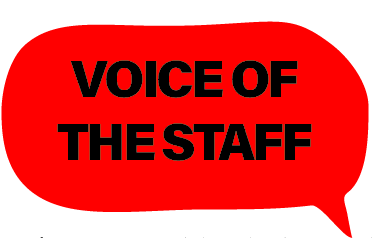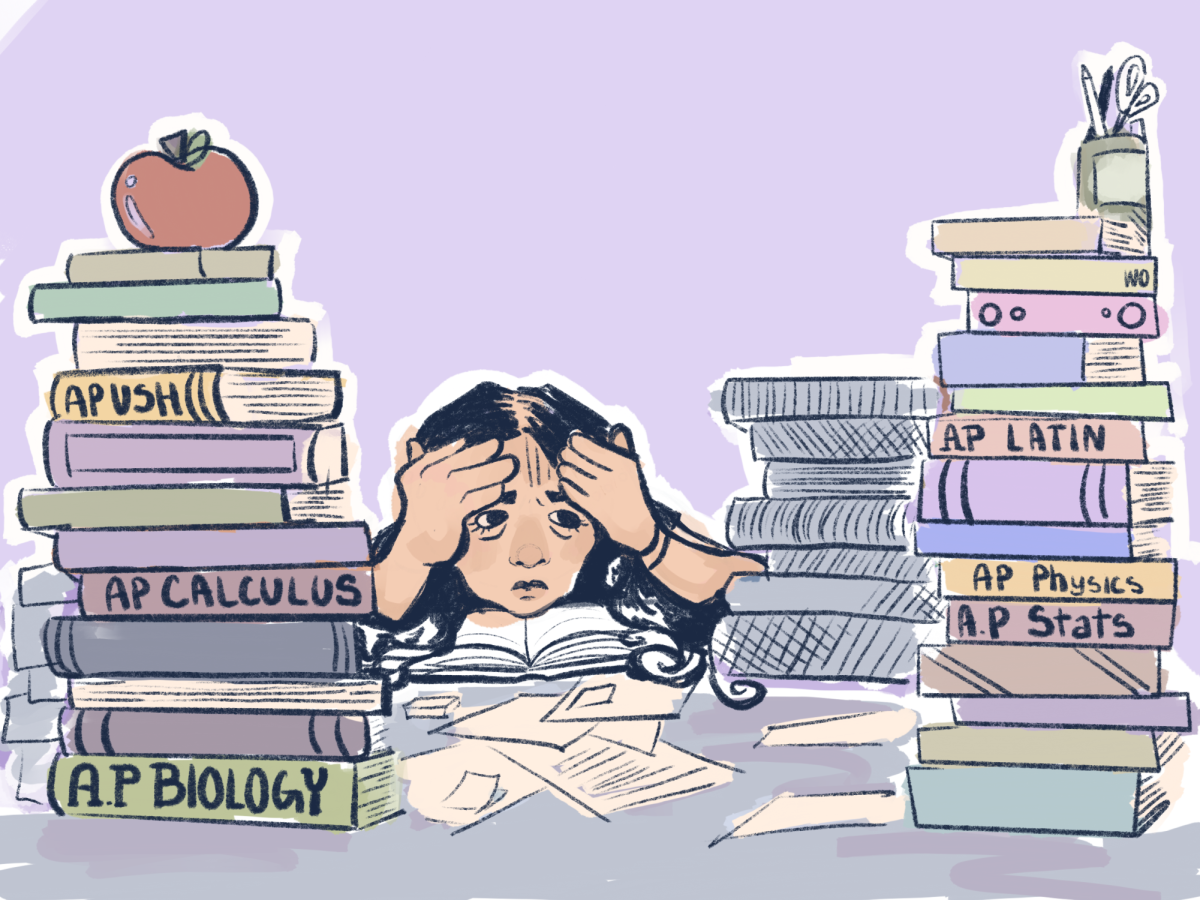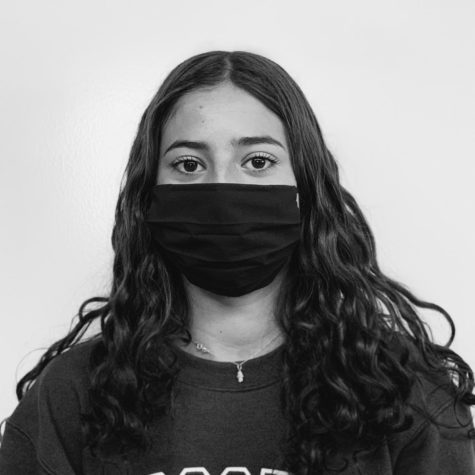
As a cold, dark, and potentially isolating winter draws near, there are growing concerns regarding mental health during a COVID-19 pandemic-ridden winter. While Minnesota boasts copious social distance-friendly options for outdoor gatherings, a majority of those options will not be sustainable during Minnesota’s frigid winters.
The lack of safe places for small social gatherings in the wintertime has raised worries about the state of everyone’s mental health. Specifically, as it is significant in cold-winter States, Seasonal Affective Disorder (SAD) usually affects around 5% of the adult population; however, it is predicted that there will be a sharper increase of people affected by SAD as an isolated and stressful winter looms over our heads. In addition, because of COVID-19 related deaths of loved ones and being unable to gather with friends and family, the upcoming holiday seasons will be difficult and feel isolating for many individuals and families. T
his past summer the weather on the Fourth of July allowed for small gatherings to be safe and outside, nevertheless, all of these upcoming events and momentous occasions that bring some light and excitement into the long winter months cannot be celebrated in the same way as previous years. This new normal may feel like a slap in the face.
Yet, there is a diverse array of ways to stay connected with others and combat SAD throughout the winter months. For example, establishing a regular, daily routine can help maintain order as well as trying to regularly get exercise. Because gyms are mostly closed, finding a way to move your body is so important, even if it is just spending a few minutes taking a walk outside.
Also, with less sunlight in the winter, it can be helpful to use a light that simulates sunlight, which can help to lessen SAD symptoms. Likewise, getting up earlier in the morning and watching the sunrise can be a significant mood booster. Finding ways to have safe social interactions is becoming increasingly harder, and finding alternative ways to connect with others will be so important this winter.
Establishing intentional virtual interactions with family and friends will help us all get through the long winter months. For instance, scheduling a regular Zoom call with family or friends where everyone can share something common–such as tea–can provide a way to “be together” even if it isn’t physically. Intentionally reaching out to people will become increasingly important, especially when the winter may feel extremely isolating.
We are so accustomed to being constantly surrounded by people in our everyday lives that their absence is leaving a large hole. Sending a message to a friend or loved one saying, “are you ok,” “how are you,” or “I hope you are having a good day” will need to become our new virtual conversation starters–even if it is uncomfortable.
We need to normalize having conversations about how we really feel, as living through a global pandemic in the winter will be isolating for everyone. Bonding with the people in our own homes, while it is often overlooked, will now provide for the safest in-person connections, also offering physical contact that so many people currently crave in our social-distanced world.
A potentially scary, stressful, and lonely winter looms over our heads, yet we must embrace this new normal by working to enrich and strengthen our current connections. It is imperative that we begin to take comfort in what may have previously been uncomfortable and learn how to navigate social interactions in this new world: our mental health depends on it.







